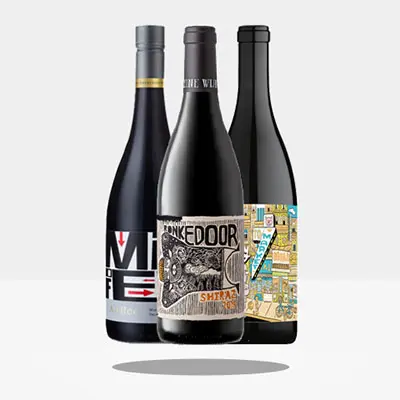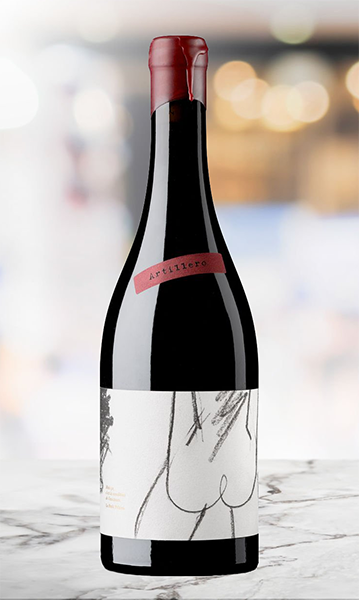
Sangiovese (san-joh-VAY-zee) is one of the most celebrated grapes in Italy, most especially in Tuscany, where it achieves its full potential in wines like Chianti, Brunello, Montefalco Rosso, Prugnolo Gentile, Vino Nobile, and dozens of Super Tuscans ranging in price from a few dollars to several hundred.
The range of styles of sangiovese is varied. For the most part, it is a medium-bodied, high-acid red with medium tannins and a distinct flavor profile reminiscent of sour cherry, currant, and dark cacao.
Sangiovese’s MVPs: Chianti and Brunello
Sangiovese is often blended, but you’ll find many examples that are 100%, especially in good vintages. Chianti Classico is a good example, as there are several “allowed” grapes, and sangiovese only has to make up 65% of the blend. However, in good vintages, winemakers might decide to forego blending altogether.
Brunello di Montalcino is made from a specific clone of sangiovese (sangiovese grosso) and is considered the ultimate expression of the grape. Brunello has stringent regulations around grape yields and aging, so for example, if it is a very good year and the crop produces more than the yield limits allow, the excess must be declassified. Typically, the producer will declassify into a Rosso di Montalcino, representing excellent value and exceptional quality from the right producers.
Super Tuscans are another breed altogether and merit their own post, but essentially, these are Tuscan wines made outside of the DOC system, often made from sangiovese blended with French grapes like cabernet sauvignon, cabernet franc, merlot, and syrah. They are designated “Indicazione Geografica Typica Toscana” or IGT Tuscany, and most are excellent value and an interesting change from what you might be used to.
Sangiovese Outside of Italy
Of course, not all sangiovese is grown in Italy. You’ll find pockets in California, Washington, Chile, Argentina, and Corsica, many of which are exceptionally good while being slightly more fruity than their European counterparts.
While old-world sangiovese is typically aged in large neutral barrels, some modern style new world examples are aged in French oak, which lends added flavors and notes of vanilla and spice.
What Foods Pair with Sangiovese?
Because of sangiovese’s high acid content, it is very food-friendly. It pairs exceptionally well with tomato-based dishes, tomato sauces, pasta Bolognese, pizza, Caprese salad, and most fresh summer produce.
Inexpensive sangiovese pairs perfectly with charcuterie, hard cheeses, and even potato chips. But if you’re enjoying a top Brunello or Super Tuscan, you might get the most pleasure by pairing it with a filet mignon, braised short ribs, or roast wild boar (the latter being the classic pairing in Tuscany).
It’s the kind of red wine that’s as delicious paired with fish as it is with a steak—but avoid anything too spicy as the tannins and acid will interact with hot peppers and turn your mouth into a flaming furnace. Even if you tend to enjoy that kind of sensation, it prevents you from thoroughly enjoying the wine (and the food) and may result in off-flavors. Imagine the sensation of chewing on a piece of green lumber, and you’ll get the idea!






